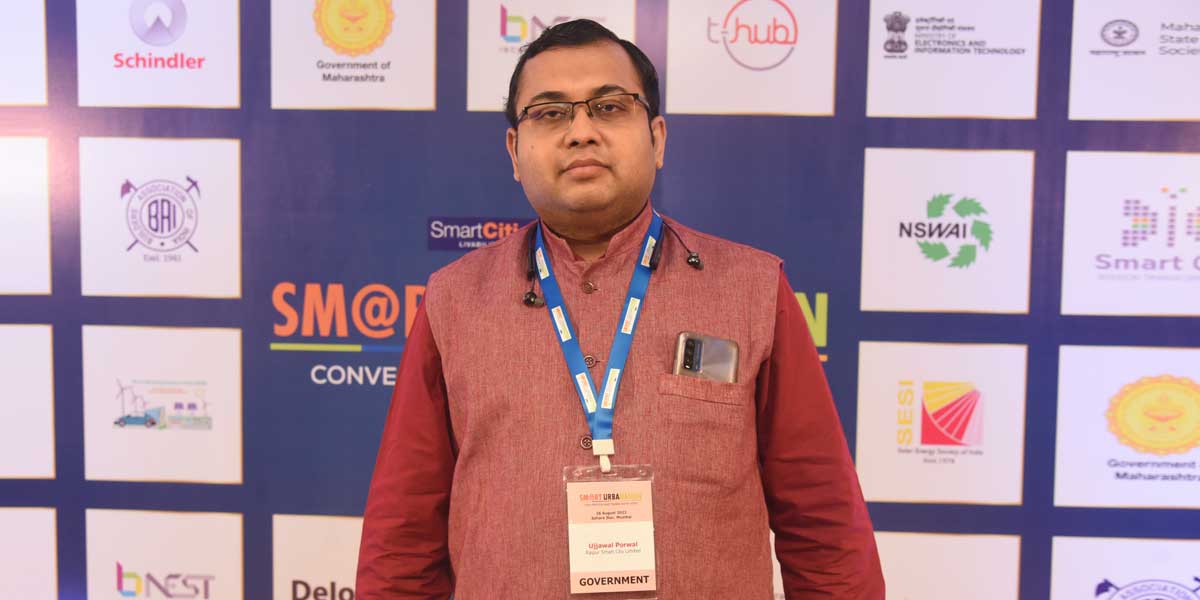A paradigm shift from a top-down approach to a bottom-up approach
01 Nov 2022

Ujjawal Porwal, COO, Raipur Smart City, shares a progress update on the city’s school upgradations, lake rejuvenation, development of commercial zones and more.
Pace of progress
We have done a lot of tendering as the projects have been proceeding for the last five to six years. We are in the last year of the smart city implementation, so we are focusing on the implementation of the projects, ironing out all the challenges and trying to increase the pace of execution.
Impact of the pandemic
Owing to the lockdown restriction, our vendors and project partners could not mobilise the human resources and other deliverables. It impacted the timelines but as soon as the restrictions were eased, we started at double speed. All our projects are now running on schedule and will be completed by June 2023.
Upcoming tenders and projects
We have done school upgrades, converted Hindi medium schools into English medium schools and made them centres of excellence. We have tendered a 24×7 library for the youth who come to Raipur to study. We have made e-books available, spaces to sit for the general public, and an eco-zone so students can study in the natural ambience.
Dream project
First is our Budhatalab project which is 70-80 per cent completed. It is a mixture of urban infrastructure and climate sustainability. We have rejuvenated the oldest lake in the city and turned it into a commercially viable model for tourists. We are also developing a sewage treatment plant to filter the intake coming to the lake.
The second is the library. A lot of youth come into the city to study and there is a need for a government library with minimal charges. It will be open 24×7 with ample parking space and areas for commercial development near the library.
Biggest achievement and challenge in the Smart Cities Mission
When the mission was launched in 2015, it was a game changer. You can see a paradigm shift in urban development, thinking from a top-down approach to a bottom-up approach. It has a different SPV structure, decision-making approach and altogether a corporate-type structure. The projects done by smart cities are fast-tracked and efficient. Another big achievement is the arrival of cutting-edge technology for Tier-2 cities. All the cities are gaining world-class technology, planning and management for the betterment of citizens. Initiatives like the Ease of Living Index and the IUDX will help the country.
In terms of challenges, COVID-19 was of course one. I could also see a challenge in the change management process. At the time of planning, something else was envisaged and in the execution, something new comes up. We need to incorporate a strong change management process so that within the government purchase rules, we can adopt dynamic changes within budgets.
Related Stories

